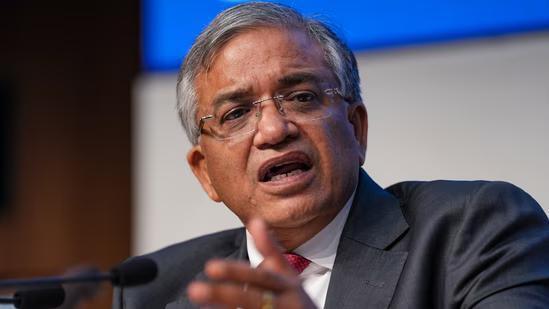
How can Chief Election Commissioner be removed?
In a democratic setup, it is crucial to have an independent and impartial electoral body to ensure free and fair elections. The Chief Election Commissioner (CEC) plays a pivotal role in overseeing the electoral process in India. However, there have been instances where the CEC’s decisions have been questioned, and there have been demands for their removal. But the question arises, how can the CEC be removed from office? In this blog post, we will delve into the constitutional provisions and procedures for removing the CEC.
Article 324(5) of the Constitution states that the CEC can be removed from office only “in like manner and on like grounds as judge of Supreme Court”. This provision is similar to the one that applies to judges of the Supreme Court and High Courts. The CEC can be removed only through a motion passed by both houses of Parliament, and the grounds for removal must be explicitly alleged in the motion.
To initiate the removal process, a motion must be brought by the members of both houses of Parliament. The motion must clearly state the grounds for removal, which can be either incapacity or misbehaviour. The CEC cannot be removed on other grounds such as disagreement with the government’s policies or decisions.
Once the motion is brought, an inquiry is conducted to gather evidence and hear the views of the CEC. The inquiry is usually conducted by a joint committee of both houses of Parliament. After the inquiry, the motion is put to vote in both houses. For the motion to be passed, it must receive a two-thirds majority of the members “present and voting” in each house.
The opposition has recently considered bringing a motion to remove the CEC, as reported by The Indian Express. The move is seen as a way to exert pressure on the government to appoint a new CEC who is more acceptable to the opposition. The opposition parties have been critical of the current CEC, alleging that they have failed to conduct free and fair elections.
In the past, there have been instances where the CEC has been removed from office. For example, in 1993, the then CEC, R.S. Pandey, was removed from office after a motion was passed by both houses of Parliament. Pandey was criticized for his handling of the 1991 elections, which were marred by allegations of booth capturing and rigging.
The removal process for the CEC is similar to that of judges of the Supreme Court and High Courts. However, there are some key differences. For judges, the removal process is initiated by the government, whereas for the CEC, it is initiated by the members of Parliament. Additionally, the grounds for removal of judges are more stringent, and the process is often more complex and time-consuming.
In conclusion, the Chief Election Commissioner can be removed from office only through a motion passed by both houses of Parliament, and the grounds for removal must be explicitly alleged in the motion. The removal process is similar to that of judges of the Supreme Court and High Courts, but there are some key differences. The opposition has recently considered bringing a motion to remove the CEC, and the move is seen as a way to exert pressure on the government to appoint a new CEC who is more acceptable to the opposition.
News Source:






